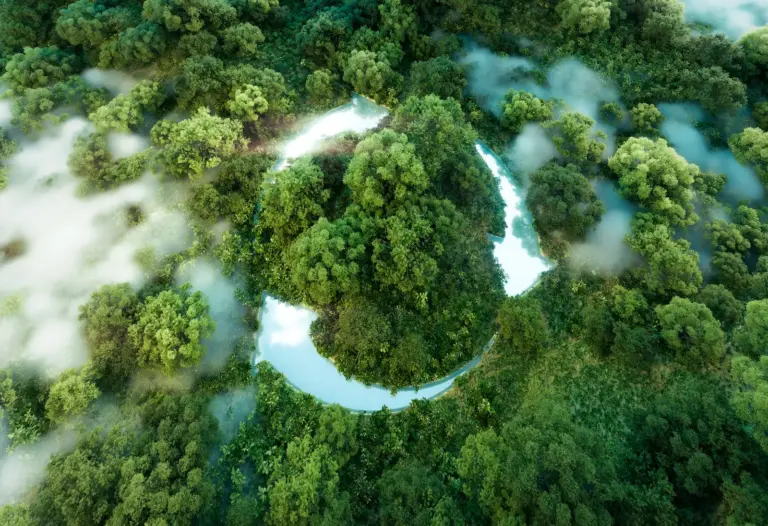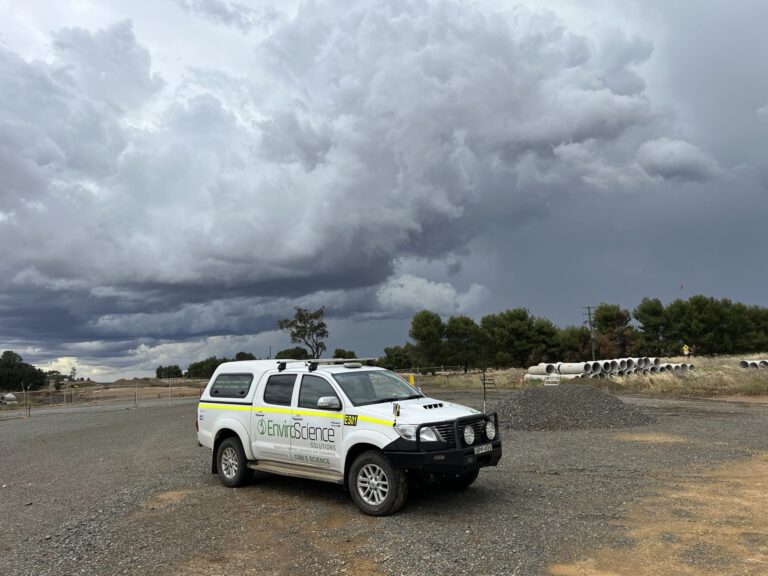Australia’s new found love for renewable energy is shaping the nation’s power supply, but without circular economy principles, this creates new environmental challenges. For professions such as, environmental consultants, property developers and sustainability professionals, understanding this cross over is essential for delivering sustainable outcomes.
Australia’s Renewable Energy Surge
In 2024, 36% of Australia’s total electricity generation came from renewable energy sources, including solar (18%), wind (12%) and hydro (5%), representing the highest share on record (Energy Australia). Over the past 5 years, Australia’s proportion of renewable energy has almost doubled.
Rapid deployment of solar panels, wind turbines and battery storage creates a paradox: while essential for climate action, resources like this generate substantial resource demands which in turn, require circular economy solutions.
The Circular Economy Gap
Although renewable progress has been made, Australia’s circular economy lags behind. In 2024, Australia’s circularity rate was around 4.3%, remaining lower than the global circularity rate of 6.9% (Australian Bureau of Statistics)
Rapid deployment of solar panels, wind turbines and battery storage creates a paradox: while essential for climate action, resources like this generate substantial resource demands which in turn, require circular economy solutions. Australia has the 3rd highest material consumption rate in the world (38 tonnes per capita), over double the global average (12 tonnes per capita) (NSW Circular).
Critical Materials and Resource Recovery
Critical minerals are essential for producing renewable energy technologies, and demand is expected to exceed supply over time Hamilton Locke. Lithium, cobalt, rare earth elements, copper, and silicon are fundamental to solar panels, wind turbines, and batteries. Without circular economy integration, Australia risks replacing fossil fuel dependence with critical mineral dependence.
The solution: comprehensive end-of-life management systems that recover and reuse valuable materials, transforming waste into resources while reducing primary extraction needs.
Critical minerals are essential for producing renewable energy technologies, with demand expected to eventually exceed supply over time (Hamilton Locke). Lithium, cobalt, rare earth elements, copper, and silicon are fundamental to solar panels, wind turbines and batteries. By not integrated circular economy, Australia runs the risk of replacing fossil fuel dependence with critical material dependence.
The Solar Panel Recycling Challenge
Solar panels typically last between 25-30 years, meaning millions installed over the last decade will be reaching end of life. Australia currently lacks comprehensive recycling infrastructure, meaning most panels head to landfill despite containing valuable materials like silicon, silver, copper, and aluminium.
Policy and Business Opportunities
The Australian Government’s Circular Economy Framework targets doubled circularity by 2035. CSIRO identified mining, construction, manufacturing, agriculture and resource recovery as the five key industries with the most potential to advance circularity in Australia, with the renewable energy sector touching on all these industries Hamilton Locke.
References:
Australian Bureau of Statistics – Circular Economy:
(www.abs.gov.au/statistics/measuring-what-matters/circular-economy)
Department of Climate Change, Energy, the Environment and Water:
(www.energy.gov.au/energy-data/australian-energy-statistics/renewables)




